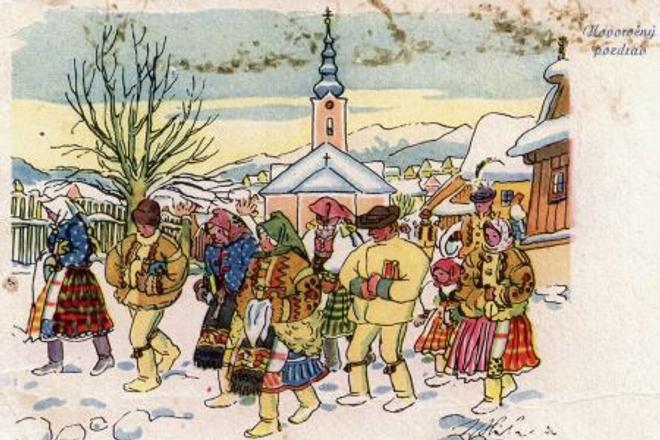THOUGH today bidding farewell to the old year and welcoming the new one is an occasion – especially for the young – for social events and wild parties, in Slovakia this was not always the case.
One hundred years ago, especially in the countryside, the last day of the year held little significance. For example, in the region of Liptov, village life was business-as-usual on New Year’s Eve, referred to as “Silvester” in Slovakia. Except for a short religious service, villagers did not meet socially that day. Parties and social events tended to be held instead on January 6, the holiday of Epiphany.
However, it was the custom to visit people’s houses with long willow switches, which were used to lash the women. This tradition originated in pagan times: the willow is the first tree to blossom before spring begins.
On New Year’s Day it was the custom to not lend or give away anything from one’s home, so as to prevent good luck from leaving the house. The same reason was behind the superstition over cooking poultry on this day: people believed it would cause their luck to fly away.
Czech painter Jan Hála was certainly familiar with these customs. He was so fascinated by the Liptov village of Važec that he moved there permanently, where he made numerous paintings depicting life in Važec in the interwar period. This painting captures villagers returning home from church.


